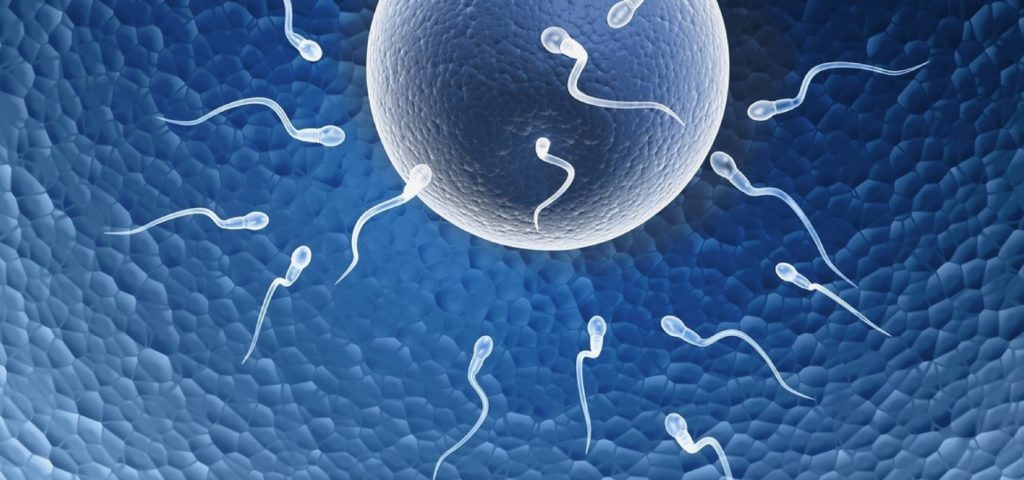Brain Myth #1: You only use 10 percent of your brain.
The 10 percent myth has been around for a long time. Many people have jumped on the idea, writing books and selling products that claim to harness the power of the other 90 percent. Believers in psychic abilities such as ESP point to it as proof, saying that people with these abilities have tapped into the rest of their brains.
It is not certain how this falsehood began, but it has been strengthened over the past century by misinterpretations of neuroscience discoveries and unsubstantiated quotes by both scientists and laypeople alike.
The truth is that we use virtually all of our brain every day. Brain scans have shown that no matter what we’re doing, our brains are always active. Some areas are more active at any one time than others, but unless we have brain damage, there is no one part of the brain that is absolutely not functioning.
Brain Myth #2: A person’s personality displays a right-brain or left-brain dominance.
You’ve heard this before, right?
The left hemisphere of the brain is good with logic, math, reasoning, etc. The right hemisphere is artistic, visual and imaginative.
This concept is based on work by Roger W. Sperry who studied patients with “split brains” (a severed corpus callosum, the structure that connects the two brain hemispheres).
But it’s important to remember that in healthy people the two brain hemispheres are well-connected. The fictional doctor Gregory House called the corpus callosum that joins the hemispheres the “George Washington Bridge” of the brain, and in most of what we do, the hemispheres operate together, sharing information across this bridge.
The left-brained/right-brained idea is pop psychology, based on a little fact, and then exaggerated to oversimplify and make an interesting story. The two hemispheres do have slightly different specializations, but they actually work together.
“The notion that someone is ‘left-brained’ or ‘right-brained’ is absolute nonsense,” according to a scientist at Scienceblogs.com. “All complex behaviors and cognitive functions require the integrated actions of multiple brain regions in both hemispheres of the brain. All types of information are probably processed in both the left and right hemispheres (perhaps in different ways, so that the processing carried out on one side of the brain complements, rather than substitutes, that being carried out on the other).
“There are some functional asymmetries in the brain, and it is true that certain regions of both hemispheres are specialized for particular functions. Speech illustrates this, but also shows that nothing is ever so simple when it comes to the brain: in most right-handed people, speech is processed in both hemispheres, but predominantly in the left. In some left-handers, speech is processed either predominantly in the right hemisphere or on both sides.”
Brain Myth #3: Brain damage is always permanent.
It used to be believed that each person was born with a finite number of brain cells, so if you damaged any of them you operated on a deficit for the rest of your life. Less than 20 years ago, even major players in the neuroscience community believed that the brain could not generate new cells. Similarly, many scientists believed that the brain was unalterable; once it was “broken,” it could not be fixed.
But recent discoveries have convinced most scientists to think differently. Evidence now shows that the brain remains “plastic” throughout life: it can rewire or change itself in response to new learning. Under certain circumstances, the brain can even create new cells through a process called neurogenesis.
Many of these newborn cells die shortly after their birth. In fact, more die than survive. To live and become part of the working brain, a new neuron needs not only support from neighboring glial cells and nutrients from blood, but also, and more important, connections with other neurons. Without these connections, neurons wither and die.
Research to date suggests that the most active area of neurogenesis is the hippocampus, a region deep within the brain involved in learning and memory. Research has shown that thousands of new cells are produced in the hippocampus each day, although many die within weeks of their birth.
- Parenting Styles: What’s Yours and Why It Matters - July 18, 2025
- School Readiness: What Skills Really Matter? - July 18, 2025
- From Toddler to Teen: Teaching Financial Responsibility at Every Age - July 17, 2025




